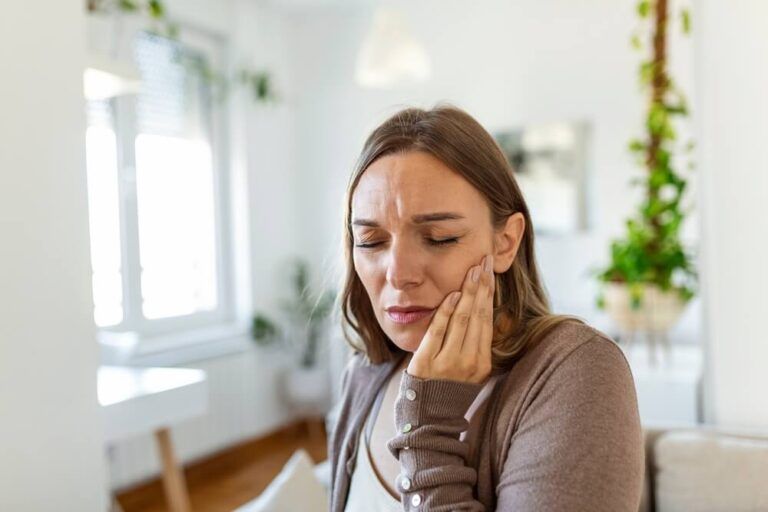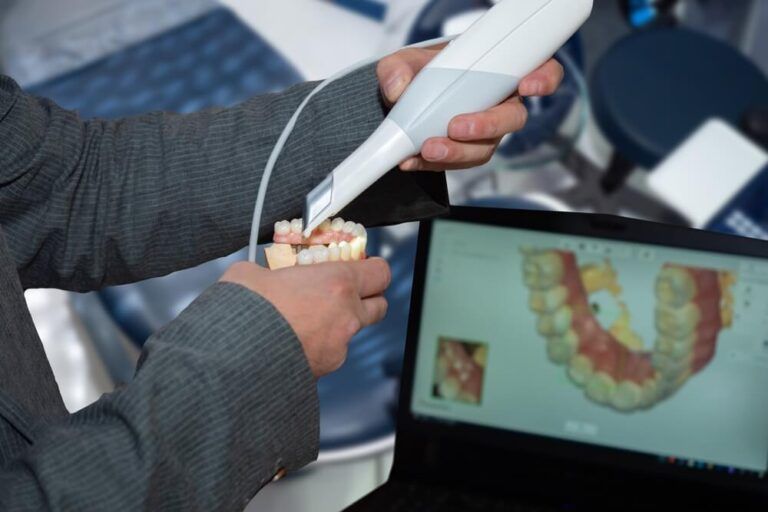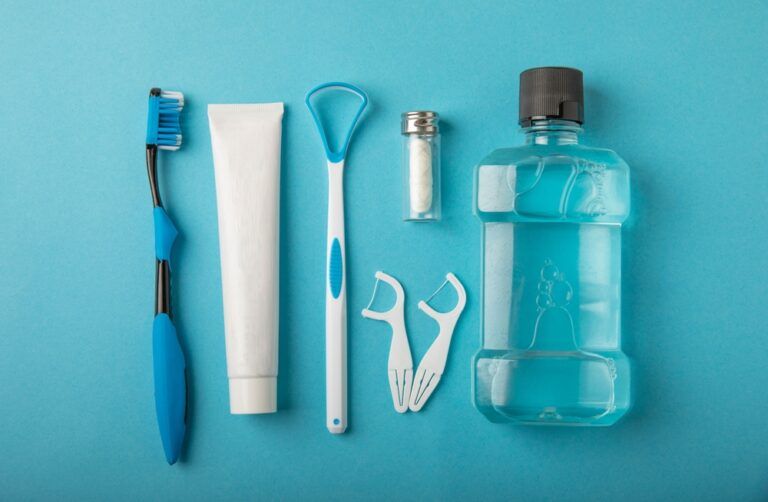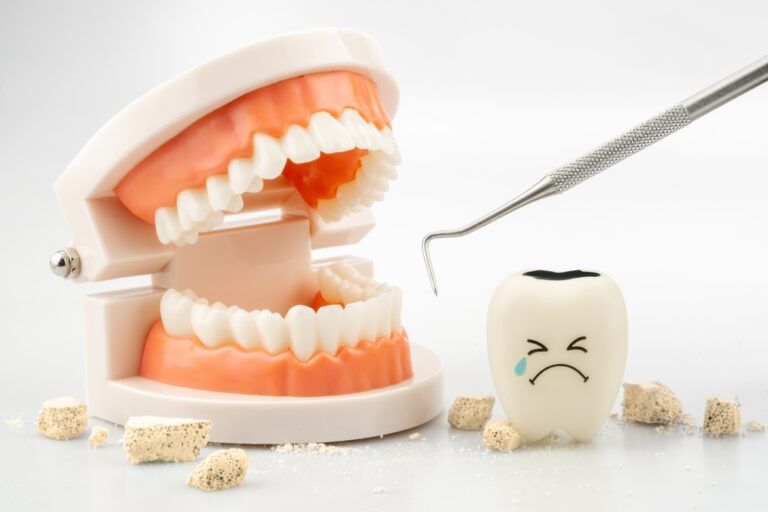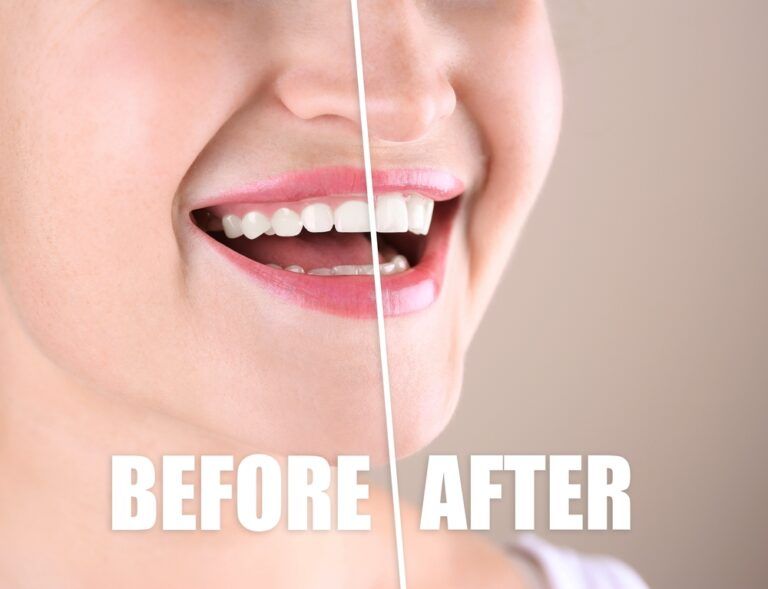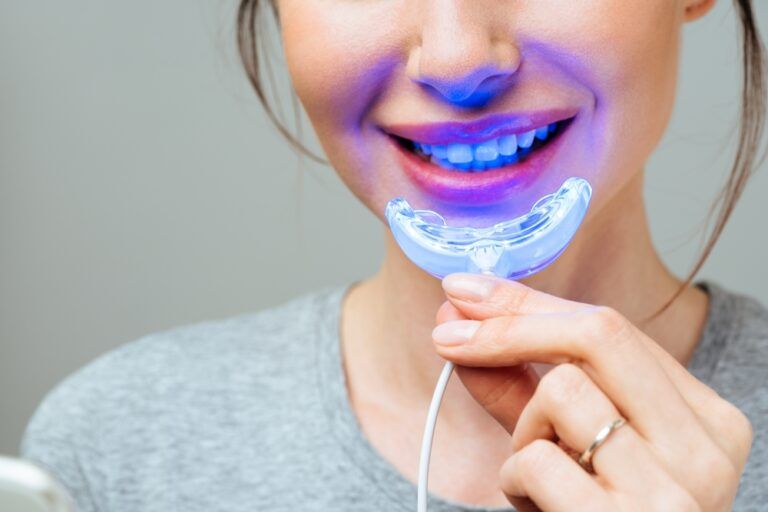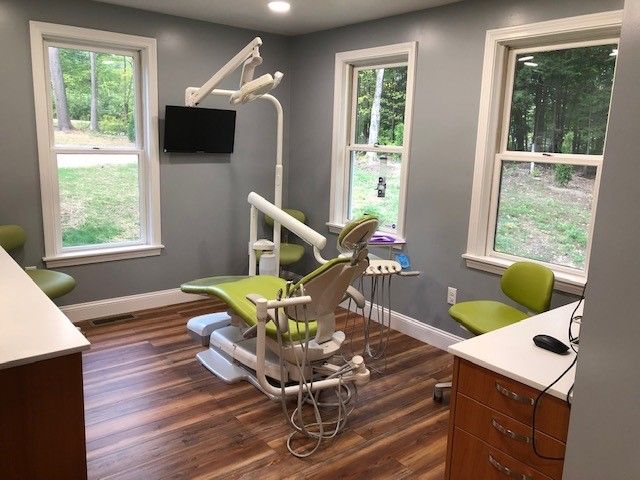A sudden toothache can be painful and disruptive, making it difficult to eat, sleep, or focus on daily tasks. While a dentist visit is essential to address the root cause, there are home remedies that can offer temporary relief. Dr. Esin Narli of Weare Family Dentistry in Weare, NH, recommends several safe methods to manage discomfort until professional care is available. Understanding which techniques help—and which ones to avoid—can make a big difference in your comfort.
Why Toothaches Shouldn’t Be Ignored
Although home remedies can provide temporary relief, a toothache is often a symptom of an underlying problem such as tooth decay, infection, gum disease, or an impacted tooth. Pain is the body’s way of signaling that something needs attention. Relying solely on home treatment without seeing a dentist can allow problems to worsen, leading to more extensive (and expensive) care later.
At Weare Family Dentistry, Dr. Narli stresses that while managing pain at home is sometimes necessary for short periods, it is crucial to schedule a dental evaluation as soon as possible. Identifying the cause early often means simpler, more effective treatment and can prevent complications like abscesses or tooth loss.
Safe and Effective Home Remedies for Toothache
While waiting for your dental appointment, several simple remedies can help ease toothache pain. Always use caution and follow instructions carefully:
- Saltwater Rinse: One of the simplest and most effective methods is rinsing your mouth with a warm saltwater solution. Mix half a teaspoon of salt in a glass of warm water and rinse gently several times a day. Saltwater helps reduce inflammation and cleans the affected area.
- Cold Compress: Applying a cold compress to the cheek outside the sore tooth can reduce swelling and numb pain. Use a cold pack or wrap ice in a cloth, applying it for 15-minute intervals.
- Over-the-Counter Pain Relievers: Medications such as ibuprofen or acetaminophen can help control pain and reduce inflammation. Always follow the recommended dosage instructions.
- Clove Oil: Clove oil contains eugenol, a natural anesthetic. Dab a small amount on a cotton ball and gently apply it to the affected area. Many patients report noticeable short-term relief with this method.
- Hydrogen Peroxide Rinse: Diluting hydrogen peroxide (equal parts 3% hydrogen peroxide and water) and gently rinsing may help kill bacteria and relieve discomfort, particularly if there is swelling. Do not swallow the mixture.
- Peppermint Tea Bags: A slightly cooled peppermint tea bag can have a soothing effect when placed against the sore area. Peppermint is known for its mild numbing properties.
These remedies are not cures but can provide meaningful comfort until you can receive definitive dental care. Dr. Narli advises that if pain persists longer than a day or two or is accompanied by swelling or fever, immediate dental attention is necessary.
Remedies to Avoid
Not all home remedies are safe. Applying aspirin directly to the tooth or gums is an outdated and harmful practice that can burn oral tissues. Similarly, using alcohol as a mouth rinse or placing it directly on a painful area can cause irritation and damage.
Home remedies involving excessive heat should also be avoided, especially if infection is suspected, as heat can cause the infection to spread faster. Dr. Narli emphasizes that if you are unsure about a particular remedy, it is best to consult your dentist before trying it.
Seeking Professional Care for Lasting Relief
While home remedies can offer temporary comfort, they do not treat the underlying cause of a toothache. At Weare Family Dentistry, Dr. Esin Narli and her team are experienced in diagnosing and treating a wide range of dental problems. Treatment may involve addressing cavities, repairing cracked teeth, managing gum disease, or treating infections.
The sooner you seek professional care, the more options you typically have for simple, effective treatment. Postponing care can lead to more invasive procedures like root canals or extractions. Trusting your oral health to a professional ensures that not only is the pain relieved, but the problem causing it is fully resolved.
Resources
Hargreaves, K. M., & Keiser, K. (2002). New Advances in the Management of Dental Pain. Dental Clinics of North America.
Wells, M. H., & Vickery, B. H. (1996). The Use of Clove Oil in Dental Emergencies. Journal of Dentistry for Children.
Mickenautsch, S. (2007). An Evidence-Based Approach to Managing Dental Pain in the Emergency Setting. Dental Update.



